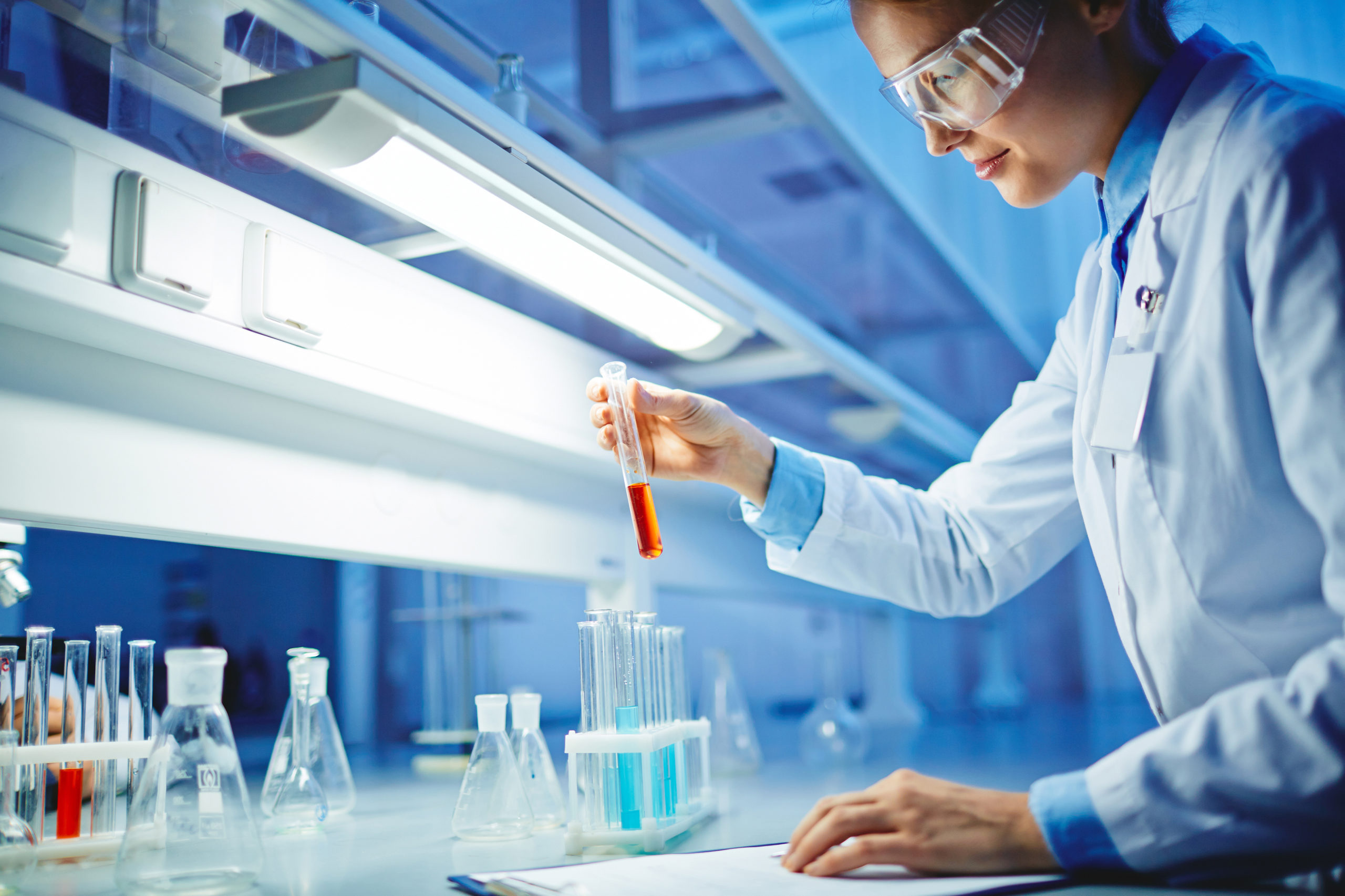A deviation is any unwanted event that differs from the approved processes, procedures, instructions, specifications, or established standards. Deviations can occur during the manufacturing, packing, sampling, and testing of drug products.
There are three types of deviations, critical, major, and minor. A critical deviation affects the quality of a critical process parameter, equipment, or instrument or has an immediate patient safety risk or life-threatening situation. A major deviation impacts a product’s quality, safety, or efficacy but may not have a direct impact on patients. A minor deviation affects a utility, equipment, material, component, or documentation but does not affect product quality or the physical state of the product or its labeling.
GMP requires deviations to be documented. This assists with continuous improvement. FDA § 211.192 requires a thorough investigation[1]. The Quality Management System should ensure that deviations from established procedures are identified and recorded.
The responsible department along with quality assurance should evaluate the scope of the deviation, potential quality impact, trends relating to similar products, materials, equipment, and testing processes, a review of similar causes, regulatory commitment impact, other batches that could potentially be affected, and market actions. Investigation of critical deviations should be completed within 15 working days, major deviations within 20 working days, and minor deviations within 30 working days.
Deviations occur in the workplace but having a system in place to ensure they are documented correctly is necessary. If your company needs assistance with its deviation management, EMMA International can assist. Contact us by phone at 248-987-4497 or by email at info@emmainternational.com.
[1] FDA (Jan 2022) CFR-Code of Federal Regulations Title 21. Retrieved on March 14, 2022 from https://www.accessdata.fda.gov/scripts/cdrh/cfdocs/cfcfr/cfrsearch.cfm?fr=211.192





